Zhang Jun urges joint judicial efforts to resolve administrative disputes
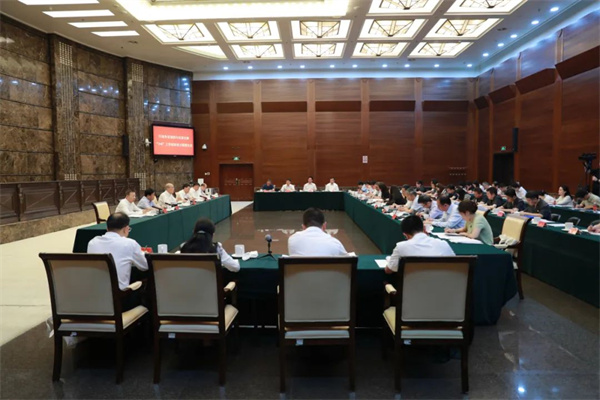
The Supreme People’s Court hosts the first joint meeting under the “3+N” interagency coordination mechanism, which is dedicated to the prevention and substantive resolution of administrative disputes, on June 23. [Photo/court.gov.cn]
On June 23, the Supreme People’s Court (SPC) hosted the first joint meeting under the “3+N” interagency coordination mechanism, which is dedicated to the prevention and substantive resolution of administrative disputes. Zhang Jun, president of the SPC, attended the meeting and delivered remarks.
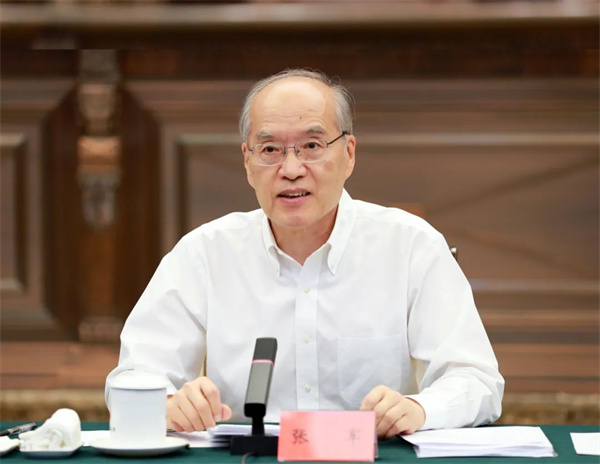
Zhang Jun, president of the Supreme People’s Court, attends the meeting and delivers a speech. [Photo/court.gov.cn]
The “3+N” mechanism — established in February 2024 under the guidance of the Central Political and Legal Affairs Commission — brings together the SPC, the Supreme People’s Procuratorate (SPP), and the Ministry of Justice, along with eight other central government agencies, to facilitate prevention and effective resolution of administrative disputes. Over the past year, this platform has produced a series of consensus documents across key sectors such as social security and real estate registration, and has reinforced the role of administrative reconsideration as a principal avenue for dispute resolution.
These coordinated efforts have led to decreased volume of newly filed first-instance administrative cases nationwide, along with lower appeal and retrial application rates. Meanwhile, mediation rates have risen significantly, and public satisfaction with administrative justice has continued to improve.
Zhang noted at the meeting that the “3+N” mechanism suits China’s national context and social realities, and is conducive to fostering cross-institutional coordination and protecting the public’s fundamental interests. He called for continued institutionalization and innovation to strengthen dispute prevention and resolution and promote high-quality development in administrative law enforcement and adjudication.
Zhang urged courts at all levels to enhance their political and legal awareness, work closely with partner agencies, and adopt an integrated approach — using judicial insight to evaluate law enforcement, and identifying and addressing the root causes of disputes in law enforcement.
He stressed the importance of balancing supervision of lawful administration and support for it under the mechanism, and maximizing the coordinating role of the mechanism in early intervention and substantive resolution of disputes. Zhang also encouraged the use of model adjudications, jointly issued minutes, and collection of typical cases to promote standardized, fair, and civilized administrative law enforcement practices, thereby reducing the likelihood of disputes at the source.
Courts are also encouraged to promote the use of the newly released pleading templates for complaints and responses to better clarify the core elements of disputes in administrative cases, thus facilitating more substantive and efficient resolution. Zhang further called for enhanced institutional development, talent training, and strategic planning to build the mechanism into a flagship initiative in promoting strict, fair, and civilized law enforcement.
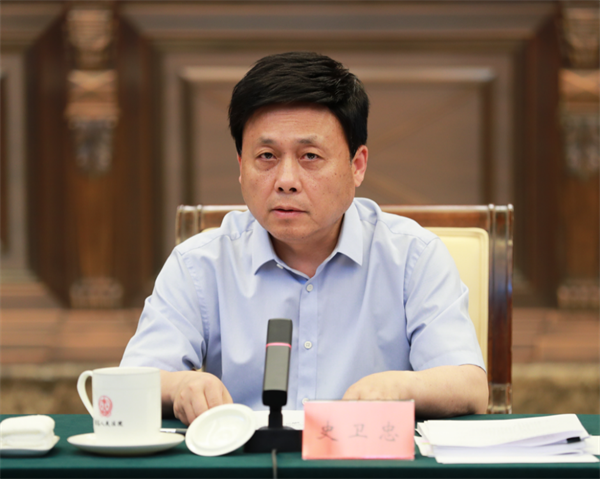
Shi Weizhong, a permanent member of the Supreme People’s Procuratorate's Procuratorial Committee, addresses the meeting. [Photo/court.gov.cn]
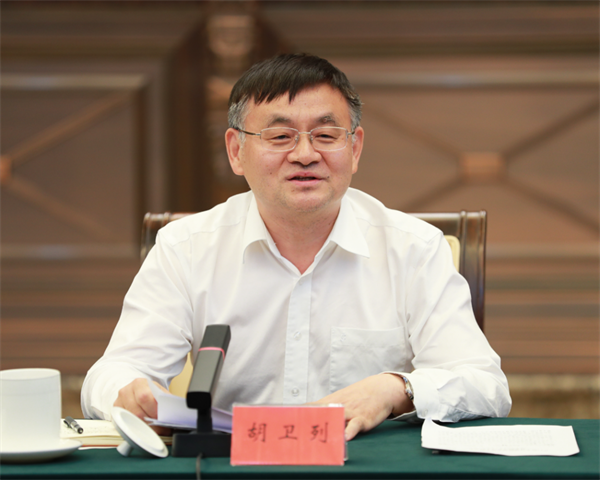
Hu Weilie, vice-minister of justice, addresses the meeting. [Photo/court.gov.cn]
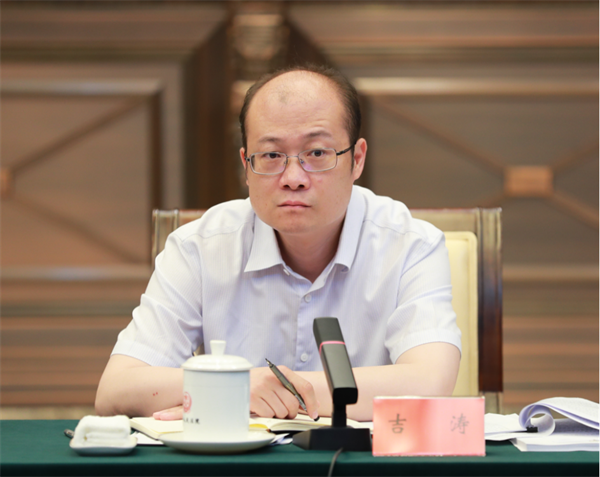
Ji Tao, an official from the Central Political and Legal Affairs Commission, addresses the meeting. [Photo/court.gov.cn]
Hu Weilie, vice-minister of justice, Shi Weizhong, a permanent member of the SPP's Procuratorial Committee, and Ji Tao, an official from the Central Political and Legal Affairs Commission, also addressed the meeting.
Shi noted that the mechanism serves as a full-process pathway for resolving administrative disputes and supports the modernization of governance capacity. Since 2019, procuratorial organs nationwide have actively promoted the substantive resolution of over 62,000 administrative disputes, including more than 3,200 pending cases of over 10 years, he noted.
Hu stressed the importance of implementing non-litigation dispute resolution mechanisms and recommended expanding the reach of the “3+N” mechanism to more regulatory agencies. He called for deepened synergy across enforcement, reconsideration, adjudication, and procuratorial review to form an integrated governance system. By combining short-term correction with long-term institutional reforms, the mechanism is expected to make lasting contributions to the building of a law-based government, he added.
The meeting was chaired by Deng Xiuming, executive vice-president of the SPC. SPC Vice-President He Xiaorong presented analytical reports on administrative litigation trends, while a representative from the SPC’s Administrative Division introduced the coordination memorandum underpinning the “3+N” mechanism.
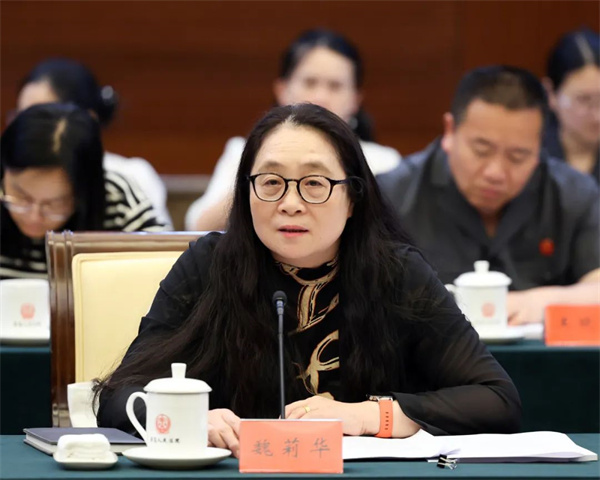
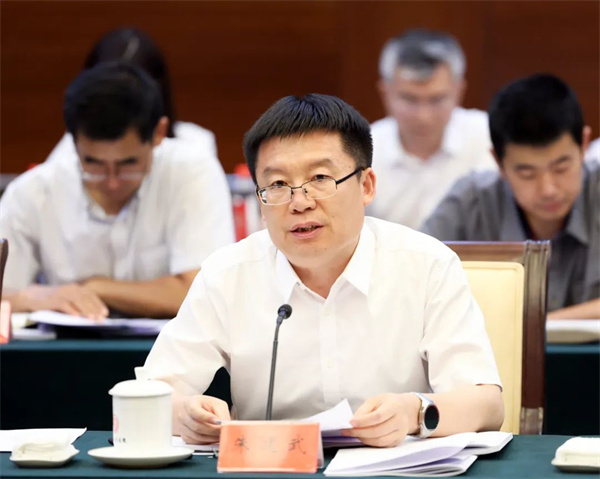
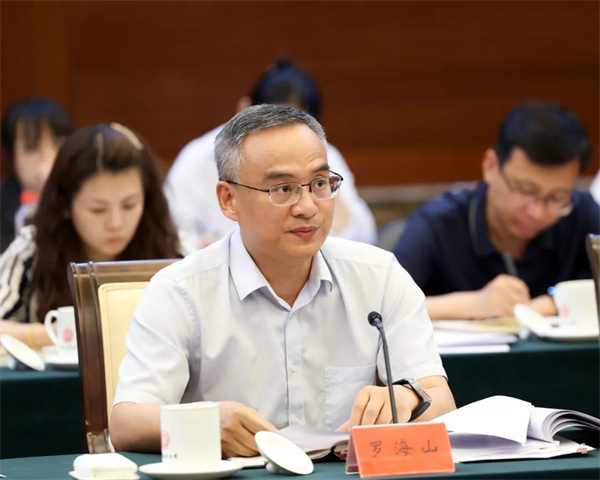
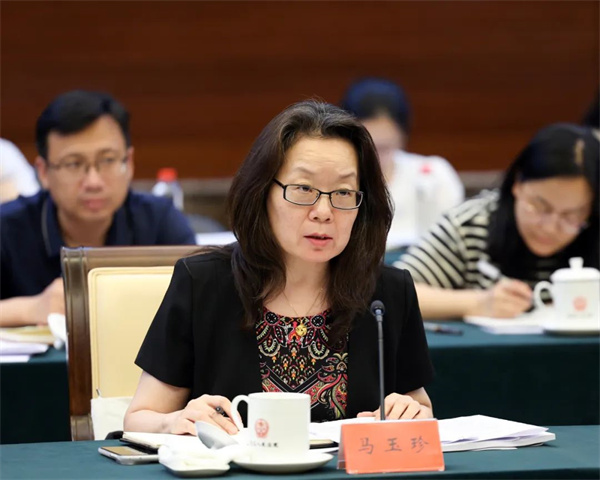
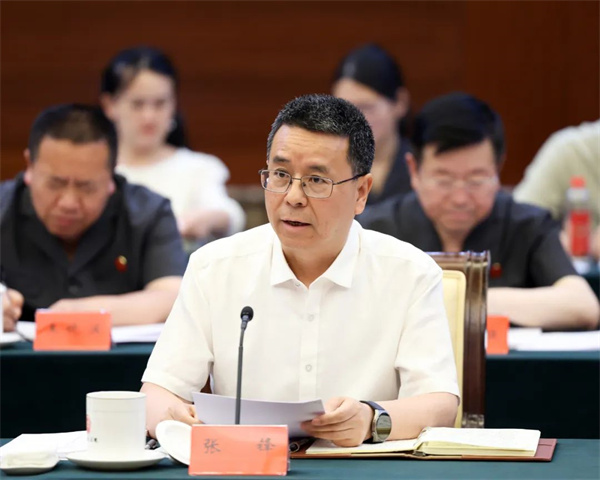
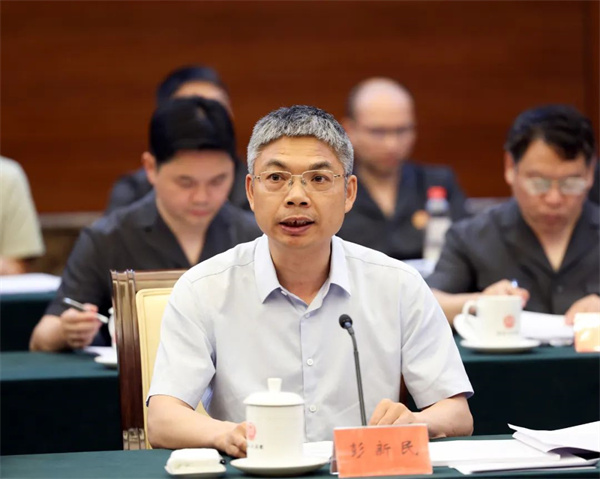
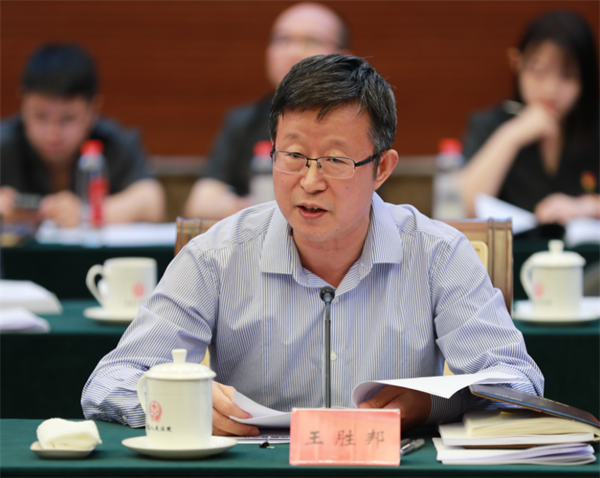
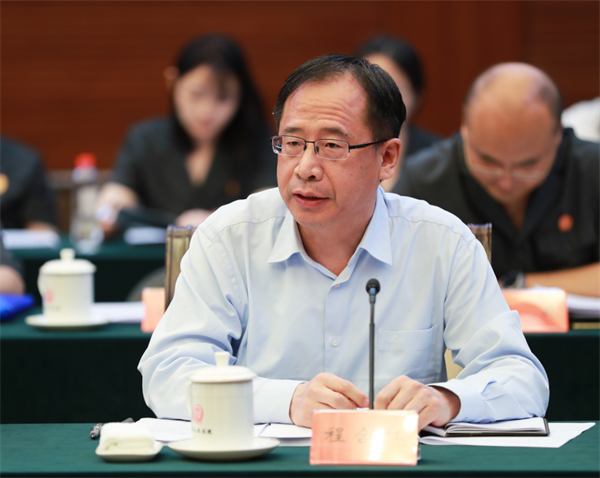
Representatives from the Ministry of Natural Resources, National Development and Reform Commission, Ministry of Finance, Ministry of Human Resources and Social Security, Ministry of Housing and Urban-Rural Development, State Administration for Market Regulation, National Financial Regulatory Administration, and China Securities Regulatory Commission offer insights and engage in discussions. [Photo/court.gov.cn]
Representatives from the Ministry of Natural Resources, National Development and Reform Commission, Ministry of Finance, Ministry of Human Resources and Social Security, Ministry of Housing and Urban-Rural Development, State Administration for Market Regulation, National Financial Regulatory Administration, and China Securities Regulatory Commission offered insights and engaged in discussions.
Representatives from eight participating central agencies and the SPC’s relevant departments also attended the meeting.









